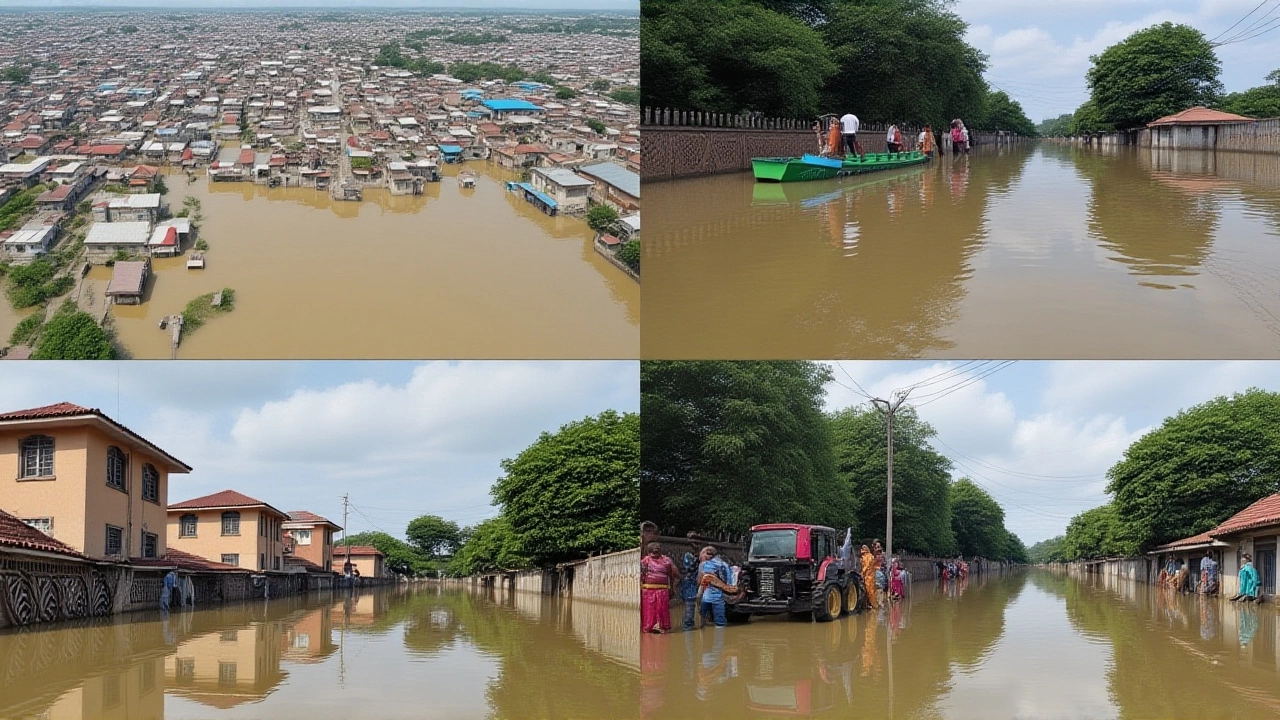Disaster Relief
When talking about disaster relief, the organized effort to provide immediate assistance, restore safety, and rebuild after a catastrophic event. Also known as catastrophe assistance, it brings together resources, people, and plans to reduce suffering when seconds count.
Natural disasters, events like earthquakes, floods, cyclones and wildfires that strike without warning are the primary triggers for disaster relief. These hazards demand rapid emergency response, the first‑line actions of rescue teams, medical crews and local authorities to save lives and secure critical infrastructure. When emergency response teams coordinate with community volunteers, the overall impact of the crisis drops dramatically.
Key Components of Effective Disaster Relief
One major pillar is humanitarian aid, the provision of food, clean water, shelter and medical care to affected populations. Humanitarian aid agencies work hand‑in‑hand with governments to distribute supplies where they’re needed most. Another essential piece is crisis management, the strategic planning, risk assessment and resource allocation that keep relief operations organized. Good crisis management turns a chaotic scene into a coordinated effort, ensuring that each team knows its role and that resources aren’t wasted.
Beyond the big organizations, volunteer coordination, the process of recruiting, training and deploying community members to assist in relief tasks can dramatically expand capacity. Volunteers often provide local knowledge, help with distribution lines, and support recovery projects. When volunteer coordination aligns with crisis management frameworks, the relief effort becomes faster, more flexible, and better suited to the unique needs of each affected area.
Technology also plays a big role. Real‑time data platforms let responders track damage, map safe routes, and update shelters instantly. Social media alerts help families locate loved ones and receive official instructions. These tools bridge the gap between on‑ground actions and the information people need to stay safe.
All these elements—natural disasters, emergency response, humanitarian aid, crisis management, and volunteer coordination—interlock to create a resilient disaster relief system. Below you’ll find a collection of posts that dive deeper into each area, offering up‑to‑date updates, practical tips, and real‑world examples of how communities bounce back after a crisis.
Mathura Flood: Yamuna levels dip to 167.04 m, schools stay closed
Mathura's 2025 flood sees Yamuna peak at 167.64 m, schools stay closed and relief efforts intensify as water slowly recedes.
